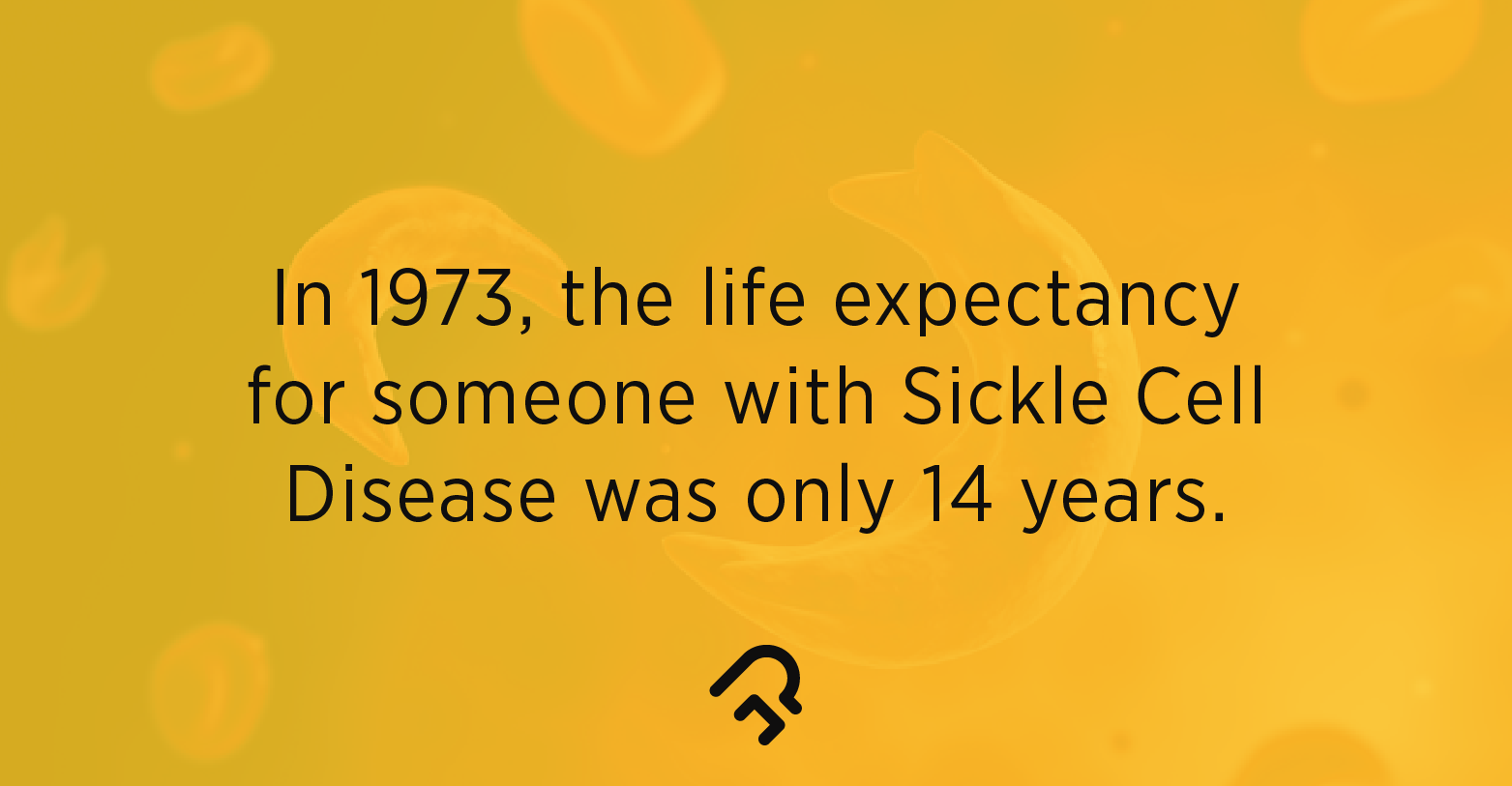All You Must Know About Sickle-cell Anaemia.
By Dr. Nikita Toshi +2 more

Get,

to manage your symptom
Get your,


4 Cr+ families
benefitted

OTP sent to 9988776655



You’ve successfully subscribed to receive
doctor-approved tips on
Whatsapp

Get ready to feel your best.

Hi There,



Register to Avail the Offer
Send OTPBy continuing, you agree with our Privacy Policy and Terms and Conditions

Hi There,

Trusted by 4 crore+ families

OTP sent to 9988776655



You have unlocked 25% off on medicines




Code: NU25

By Dr. Nikita Toshi +2 more
Sickle-cell anaemia is a disease passed down through families in which red blood cells form an abnormal crescent shape. (Red blood cells are typically shaped like a disc.) The distorted red blood cells are shaped like crescents or sickles. These sickle or crescent-shaped blood cells are fragile and are unable to deliver adequate oxygen to the body’s tissues.
Sickle cells can become lodged and obstruct blood flow, leading to pain and infections. Complications arise from sickle cell disease when these abnormal cells block circulation to organs, potentially resulting in severe conditions such as stroke, acute chest syndrome (which reduces oxygen levels in the blood), organ damage, disabilities, and, in severe cases, premature death.

Importance of Screenings
This condition is inherited from both parents. People with sickle cell disease or trait must consult a doctor if they plan to conceive. Pre-marital health counselling is important in such cases. Regular health checkups can help prevent serious complications due to obstruction of blood vessels.
Prevalence of Sickle Cell Disease
Sickle-cell disease is much more common in people belonging to the Mediterranean and African heritage. It is also seen in people from South and Central America, the Caribbean, and the Middle East.
Sickle Cell Disease vs Sickle Cell Trait
When an individual inherits the Hemoglobin (S) gene from a parent and the haemoglobin (A) gene, which is normal, from another parent, they are said to have sickle-cell trait. However, those with the sickle-cell trait do not experience the symptoms of sickle-cell anaemia, but are the carriers of the abnormal genes and can transmit it to their children.
People who inherit faulty haemoglobin genes from both parents are known to develop sickle cell disease.
Patients with sickle cell disease are especially vulnerable to potential harms from unnecessary red blood cell transfusion, increased risk of alloimmunization to minor blood group antigens and a high risk of iron overload from repeated transfusions is a possibility in such patients.
Dr. Ashish Bajaj – M.B.B.S, M.D.
Common Symptoms
The symptoms of sickle-cell anaemia show up in childhood only, especially between the ages of 5 and 15. Pain is a significant indicator of this disease. Most people begin having pain in their abdomen, hips, knees, and elbows. A severe pain crisis may require hospitalization until the pain is under control. Some of the other common symptoms include:
If you have sickle cell disease (SCD), you may need one or more blood transfusions (healthy blood from a donor put into your body) during your lifetime. During a blood transfusion, your blood and the donated blood must have matching antigens or special proteins on the surface of each red blood cell.
Dr. Ashish Bajaj – M.B.B.S, M.D.
Tests to detect Sickle-cell Anaemia
Complete blood count (CBC) – this test screens for anaemia, a condition that occurs when not enough oxygen is delivered to the cells of the body due to the presence of abnormal haemoglobin. To confirm further, HPLC or high-performance liquid chromatography, Hemoglobin electrophoresis, and even DNA testing may be used
Sickle cell anemia is a type of genetic anemia in which the RBCs shape will be like a sickle instead of normal biconcave shape. India has sickle cell disease in mainly tribal population. Early identification and treatment activity has been enhanced by recently launched National sickle cell anemia elimination program.
Dr. M.G. Kartheeka, MBBS, MD
Treatment
Patients with the disease need ongoing treatment, even when they are not having a painful crisis. They should take supplements of folic acid (essential for producing red blood cells) because red blood cells are turned over so quickly. The purpose of treatment is to manage and control symptoms and to limit the frequency of crises.
During a sickle cell crisis, you may need specific treatments. Pain is then treated with painkillers and intake of fluids. Pain should not be ignored. In such a situation, vaccines and antibiotics are given to the patients to avoid bacterial infections. Such problems are common in children who suffer from sickle-cell anaemia. Blood transfusions are also recommended and may be done on a regular basis to help avoid strokes.
Today the life expectancy of patients with this disease is 50 years or more compared to a mere 14 years before. Patients with sickle cell disease should be under routine monitoring and treatment by a doctor.
Also Read: What Causes High Red Blood Cell Count: Insights Into Hematological Disorders
Disclaimer: The information provided here is for educational/awareness purposes only and is not intended to be a substitute for medical treatment by a healthcare professional and should not be relied upon to diagnose or treat any medical condition. The reader should consult a registered medical practitioner to determine the appropriateness of the information and before consuming any medication. PharmEasy does not provide any guarantee or warranty (express or implied) regarding the accuracy, adequacy, completeness, legality, reliability or usefulness of the information; and disclaims any liability arising thereof.
Links and product recommendations in the information provided here are advertisements of third-party products available on the website. PharmEasy does not make any representation on the accuracy or suitability of such products/services. Advertisements do not influence the editorial decisions or content. The information in this blog is subject to change without notice. The authors and administrators reserve the right to modify, add, or remove content without notification. It is your responsibility to review this disclaimer regularly for any changes.

Leave your comment...
Comments